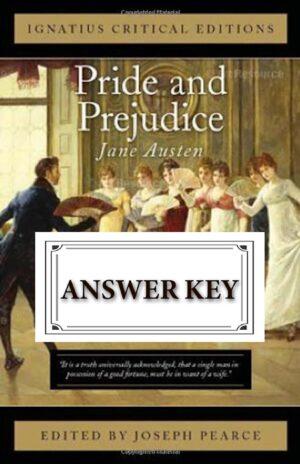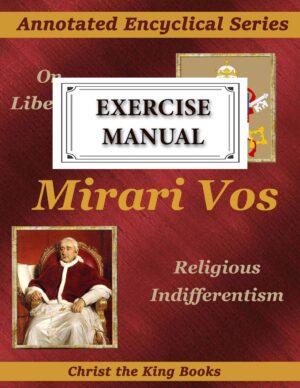
Euclidean Geometry, Books One – Six (VIDEO SERIES) (Recorded class videos for high school students)
$29.95
This is a series of 97 videos (accessible online) recorded during the 2021-2022 school year of a group of Traditional Catholic students “doing Euclid” together under a tutor. It was fun, challenging, at times difficult, as can be expected with modern students tackling this classical, challenging, 2,500-year-old geometry. The students did very well, for the most part.
Although your student taking this recorded course will not have the “live experience,” we think the videos will still make them feel like they are there, and the resultant benefits in clear thinking will be much the same. You and/or your student is always welcome to call us with any questions. Do not miss exposing your students to Euclid and classical geometry! For some sample recordings of this video series, see this link: https://mega.nz/folder/M4QyEDQY#uqJhHYwxaHkKC8djBiaH0g
What is Euclidean Geometry?
It is hard to say enough positive and admiring remarks about Euclidean geometry, and what it does for the young (or older!) mind. Let us begin with the name. It is known as Euclidean geometry because it was compiled by an ancient Greek geometer named Euclid (known as the “father of geometry”) some 2,500 years ago! Euclid titled his book with the general name of “The Elements” because, besides a simply superb coverage of geometry, it also includes a treatment of other wonderful topics such as ratios, proportions, and numbers. In the first six books, we unfortunately do not study numbers in-depth, as those are covered in Books 7 – 9. The video recordings do however, cover what is arguably the most important part of the three “number books” – the first two definitions of Book 7 (the definitions of a unit and a number).
Why should I have my child study Euclidean geometry?
The plain truth is that there is simply no book we know of – whether in mathematics or logic – which is more fundamental or effective at forming the mind in the habit of careful and logical reasoning. The student that works diligently in Euclidean geometry will have his mind greatly matures and expand, walking away afterwards not with a large set of beautifully-done geometric truths, but more importantly, learning how a true science proceeds, step by step with certainty, always being able to defend the current steps by retracing back to certain starting points. This is a very rare thing in the sciences.
Few parents realize that The Elements was the standard upper school geometry text in the United States until the early 1900’s. Until that time, education had been considered first and foremost for the sake itself – truth is simply beautiful, and it is human to form the mind with good intellectual habits. Afterwards however, an education was considered primarily for making money, solving problems, and making products, etc. This is tragic. We all want our children to succeed in the world and have good jobs after graduation. But experience shows that the temporal needs are taken care of naturally if the mind is first formed and sharpened.
Most modern ‘geometry’ courses turn out not to be the science of geometry at all, but rather, practice in manipulation skills and problem solving, such as, “Determine the length of this line. What is the area of that quadrilateral? How much paint would be required to cover this shape?” Euclidean geometry does not “solve particular problems” for, since as Aristotle shows, there can be no science when dealing with particulars. Rather, Euclidean geometry is instead concerned with universal truth (e.g., “Prove that ALL triangles have their three interior angles equal to two right angles.”) This difference in focus has tremendous and lifelong effects on the mind of the student.
On the practical side, while watching these videos, your student will need a printed copy of The Elements. We highly recommend Christ the King Books’ Annotated Euclidean Geometry, Books One – Six although you may also wish to purchase the entire (unannotated) version of The Elements such as the Green Lion Press version.
Recommended ages are 13 – 110. (Yes, we assure you that Euclidean geometry is excellent for adults, too!)
Only logged in customers who have purchased this product may leave a review.





Reviews